Explore the Best AI Image Gallery

A New Brushstroke: AI Images in Design and the Future of Creativity
The creative landscape is undergoing a seismic shift with the advent of artificial intelligence (AI) image generation. Tools like DALL-E 2, Stable Diffusion, and Midjourney are enabling designers, artists, and even everyday individuals to conjure stunning visuals from simple text prompts. This burgeoning technology holds immense promise for revolutionizing design workflows, democratizing creative access, and pushing the boundaries of artistic expression.
Yet, alongside its undeniable potential, AI image generation also raises profound ethical considerations that demand careful scrutiny. From issues of copyright and ownership to the potential for misuse and the impact on human creativity, navigating this new frontier requires a thoughtful and nuanced approach.
Unleashing the Potential: How AI is Reshaping Design
- Streamlined Design Processes: AI image generation can significantly accelerate design workflows. By automating tasks such as generating initial concepts or variations, designers can focus on refining ideas, exploring innovative solutions, and adding a personal touch to their creations.
- Democratizing Creativity: AI tools empower individuals with limited technical skills to participate in the creative process. Anyone with an idea can now visualize it, fostering greater accessibility and inclusivity in design.
- Exploring New Creative Frontiers: AI algorithms can generate novel and unexpected visuals, pushing the boundaries of imagination and inspiring designers to explore unconventional aesthetics and concepts.
Ethical Considerations: Navigating the Complexities
The rapid advancement of AI image generation necessitates a critical examination of its ethical implications:
- Copyright and Ownership: Who owns the copyright to AI-generated images? When an algorithm creates a work based on existing datasets, questions arise about intellectual property rights and attribution.
- Bias and Representation: AI models are trained on vast datasets that may contain inherent biases. This can result in AI-generated imagery reflecting societal stereotypes or excluding certain perspectives, perpetuating harmful representations.
- Misinformation and Manipulation: The ease with which AI can create realistic images raises concerns about the potential for generating deepfakes and other forms of synthetic media that could be used to spread misinformation or manipulate public opinion.
Shaping the Future: Responsible Development and Ethical Guidelines
As AI image generation continues to evolve, it is crucial to establish ethical guidelines and promote responsible development practices:
- Transparency and Explainability: Develop AI models that are more transparent and explainable, allowing users to understand how images are generated and identify potential biases.
- Diversity and Inclusion: Ensure that training datasets are diverse and representative to mitigate bias in AI-generated imagery and promote inclusivity.
- Education and Awareness: Raise public awareness about the capabilities and limitations of AI image generation, fostering critical thinking and responsible use.
- Collaboration and Dialogue: Encourage open dialogue and collaboration among researchers, policymakers, industry leaders, and the creative community to establish ethical frameworks and best practices.
Conclusion
AI image generation presents both immense opportunities and complex challenges for the design industry. By embracing responsible development practices, addressing ethical concerns head-on, and fostering a culture of transparency and collaboration, we can harness the transformative power of AI to unlock new creative frontiers while ensuring that technology serves humanitys best interests.












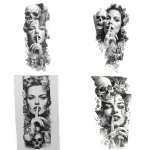







](https://images.ai-img.art/thumbnails/150/9127f72c6be19d533c26ac476f4d216cd89a6a2d7c351333489a3eff30c3ec5a.webp)
](https://images.ai-img.art/thumbnails/150/b90a5f332cb5d8f02116934e13abd20233e0eeb2368274dbdffaa2e281e4dff5.webp)

](https://images.ai-img.art/thumbnails/150/4a4f2a16da94ebadad64aeb3b0fb4e64d426431f1d651cc4929142c728fe85b7.webp)

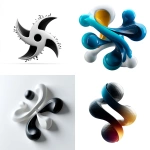

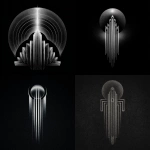

](https://images.ai-img.art/thumbnails/150/37f115f2fa75765b87e6d3e2c9f1b0a80a6a46efa8b864a05278c7fc0a0a62e7.webp)


](https://images.ai-img.art/thumbnails/150/24610c8978ce6b4f1ced8639b434482871adb07e38af8b90cd535f2533bf18cc.webp)





](https://images.ai-img.art/thumbnails/150/85464d88f1d4314cd042a02a6f41440fc3b4343db529794cbe8e6836fdadf409.webp)
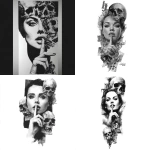


](https://images.ai-img.art/thumbnails/150/d29fcfc8037938184a641f7980e1102e24a6e82088bc465886d26ffe5bb006c7.webp)



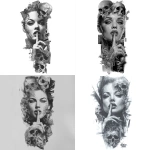

](https://images.ai-img.art/thumbnails/150/336026613fd234b8d6908fe18ecc09b2b2ecf7b8dfe294742041c9862dc499c1.webp)
